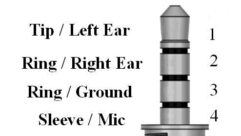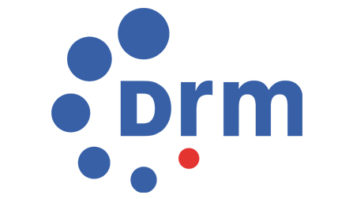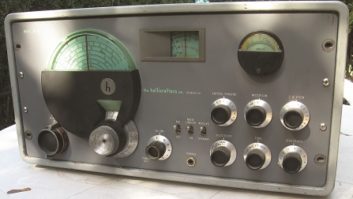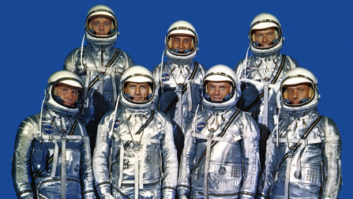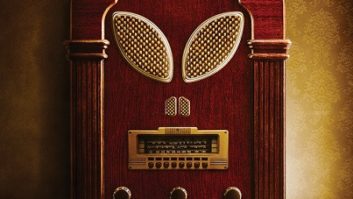
Apple iPod Nano with FM radio 09-09-09 will be remembered by most in our industry as the release date for remastered Beatles albums and the Rock Band video game, but for broadcasters it also marked the day the pause buffer finally came to U.S. radio.
Arriving in the form of an update to the iPod Nano — the world’s best selling personal music player — it was included among many other new features in the release, like a video camera and pedometer, which were mostly trickle-downs from the iPhone.
The FM tuner was a wholly new feature, however — the first built-in radio receiver to ever appear in any iPod product.
In true Apple style, the introduction exceeded expectations. After years of debate and lament within in our industry over why the sages of Cupertino repeatedly refused to include a radio in their popular devices, Apple abruptly ended the discussion by breaking new ground.
This raised the bar for the entire handheld industry, while also rolling up other advantages Microsoft had previously introduced on its Zune device (FM tagging via Jump2Go, and title and artist metadata via RBDS RT+).
Now we hope to see this powerful tuner feature trickle up to the popular iPhone and iPod Touch (AT&T may have something to say about including it on the iPhone; if anything this should be a good idea for AT&T, which has an interest in reducing the demand streaming audio puts on its 3G networks).
The new iPod tuner came just before Microsoft’s Zune HD hit retail stores, and thus the white-hot personal music market — and perhaps even the cell-phone industry — should remain focused on the inclusion of broadcast radio on their devices in the run-up to the holiday season.
So even as a rocky economic year draws to a close, we can enjoy the upswing of radio’s relevance in the new-media marketplace, thanks largely to two titans of the digital world and their recognition of radio’s value on their platforms.

Microsoft Zune HD with HD Radio The only bad news here is furtherance of the travails of AM radio. Its disinvitation to the party will place added urgency on the proposed migration of AM stations to FM translators.
Meanwhile, Apple’s sticking to analog FM while Microsoft takes on HD Radio has also generated much grist for the rumor mill, but we recommend reserving judgment here. Zune may have pushed iPod to add FM. Zune HD could eventually motivate Apple to follow its rival’s lead again.
Finally, our gadget lust remains intrigued by the 15-minute pause buffer in the iPod Nano. It makes radio more useful, which we applaud and hope other manufacturers will emulate.
This development also implies that the elusive programmable/time-shifting radio recorder might not be far behind. The radio electronic program guide that would essentially enable such a device, and which is being developed by the NAB FASTROAD program, may have come along not a moment too soon. Our kudos to NAB for its prescience (or at least its good timing) here.
These new devices and the R&D investments they represent provide a sorely needed vote of confidence for the radio industry. We welcome that, and count it as a triple win for device manufacturers, FM broadcasters and U.S. radio listeners. — Radio World



